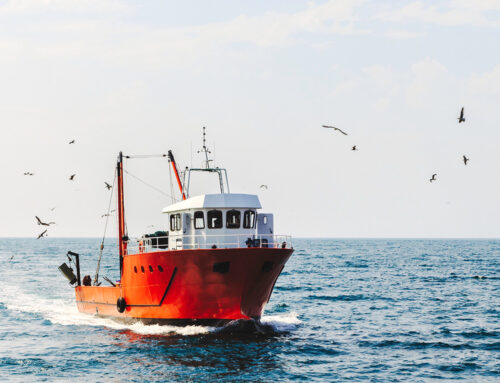Rethinking Plastic to Conserve our Marine Life
According to the Ellen MacArthur Foundation report, plastic production has increased twentyfold since 1964. It is expected to double again in the next 20 years and almost quadruple by 2050 – a staggering statistic. Only 5% of plastics are effectively recycled while 40% end up in landfill and a third in the world’s oceans. The remainder is burned, generating energy but causing more fossil fuels to be consumed in order to make new plastic bags, cups and consumer devices.
How is plastic packaging present in our everyday life?
- Water and soft drink bottles, salad domes, biscuit trays and peanut butter containers to name a few.
- Milk bottles, freezer bags, dip tubs, shopping bags, ice cream containers, juice bottles, detergent bottles
- Cosmetic containers, commercial cling wrap
- Microwave dishes, ice cream tubs, potato chip bags and dip tubs
- Foamed polystyrene cups, hamburger take-away clamshells, foamed meat trays, protective packaging for fragile items
What happens when a plastic bag is discarded into the ocean?
A carelessly discarded plastic bag can break down in the sea, particular in warmer oceans, releasing toxic chemicals that may be digested by fish and end up in the human food chain. It’s a no brainer that larger plastic items are a direct threat to sea life such as turtles and seals that either get entangled in it or simply swallow such items. Research revealed by scientists shows that plenty of tiny fragments drift to the bottom of the ocean, carpeting the sea bed.
With an unexpected rise in consumption, negative impacts related to plastics accumulate. The estimated ratio of plastics to fish in the ocean by the year 2050 is expected to be bigger than 1:1. As a fresh fish and seafood supplier, we are deeply concerned about how the plastics economy affects our marine environment and industry, especially as we look into the future.
How do we address this issue as a collective?
According to Ellen MacArthur who has become an advocate for the circular economy, one way is to re-think the way goods are packaged, cutting the demand for plastic. Water-soluble film, for example, can be used to wrap small items. Hard to recycle plastics such as PVC and expandable polystyrene could be phased out. In addition, producers of plastic can think about the redesign of plastic items so they can be reused better and rethink their production methods to make recycling easier.
4 things you can do to reduce your plastic waste
There are some low-hanging fruit that can make a huge difference in reducing the amount of disposable plastic in your life.
- Bring Your Own Shopping Bag
There are between five billion and one trillion plastic bags used each year around the world. Next time you’re swiping your groceries at the local supermarket, bring your own reusable produce bags.
- Choose cardboard over plastic bottles and bags
It’s easier to recycle cardboard than plastic plus paper products tend to biodegrade more easily without adding more weight to the product. So next time you’re at the store, choose the couscous in a box not the couscous in the plastic.
- Say no to straws
Whether for home use or when you’re out at a restaurant or coffees shop, plastic straws are an item we can all do without.
- Get the plastics off your face
Much of the plastic that’s polluting the ocean consists of microplastics (commonly added to consumer products like face wash and toothpaste). The little beads are intended to be exfoliators, but many wastewater treatment facilities aren’t able to stop them. Choose a biodegradable alternative.








